Where there is no Doctor
0 comments
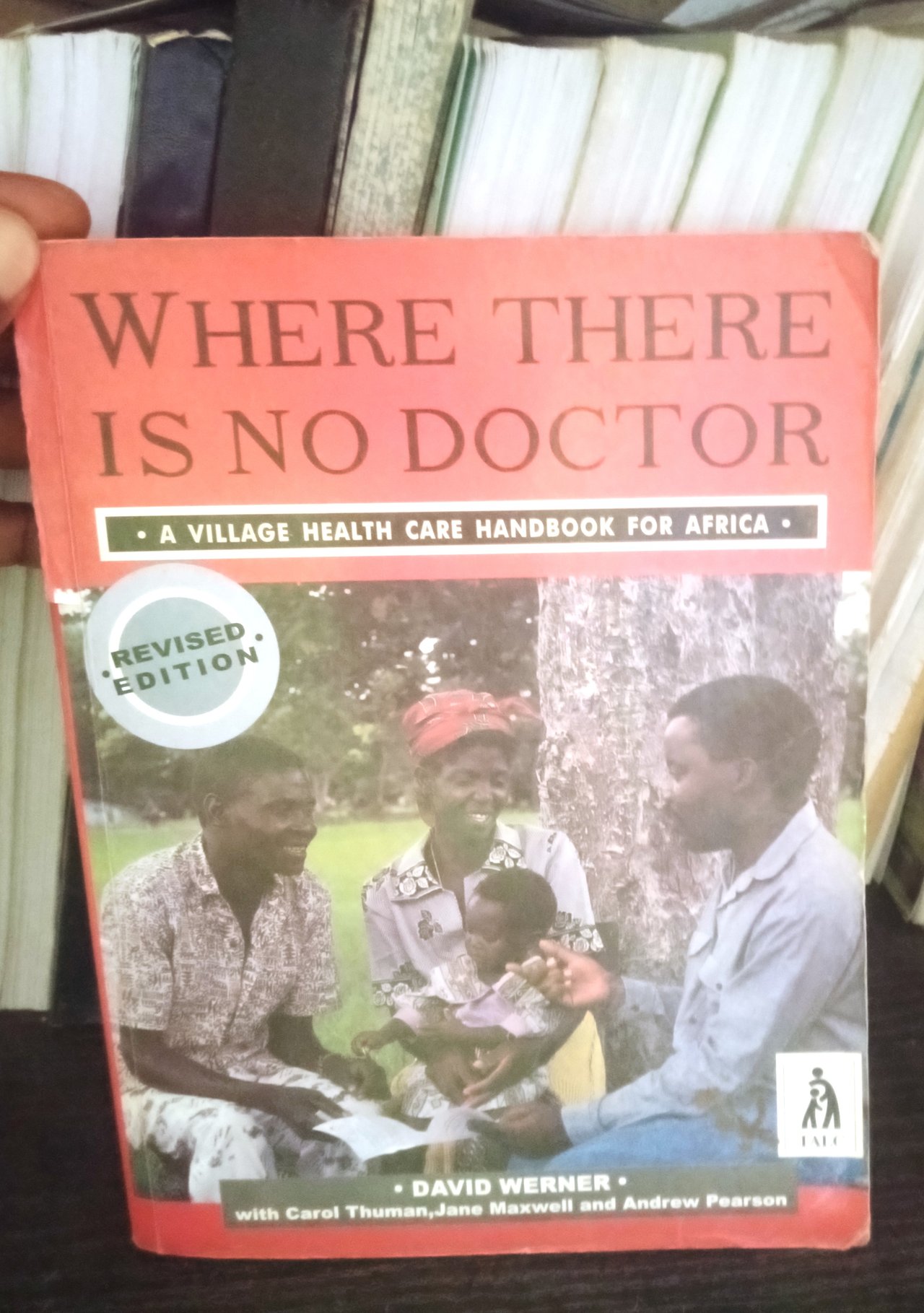
Where There Is No Doctor by David Werner
Where There Is No Doctor: A Village Health Care Handbook by David Werner, Carol Thuman, and Jane Maxwell is a groundbreaking manual that has become one of the most widely used healthcare guides in the world. First published in 1970 and continuously updated, the book provides accessible, practical medical knowledge for communities with limited access to professional healthcare. Praised by organizations like the World Health Organization (WHO) and Partners in Health, this book empowers individuals to take control of their health through prevention, diagnosis, and treatment of common ailments .
Overview and Purpose
The book is designed for village health workers, community caregivers, and individuals living in remote or underserved areas. It emphasizes self-reliance, preventive care, and the cautious use of modern medicines while debunking harmful traditional remedies. The latest edition (2024) includes updated information on antibiotics, HIV treatment, malaria, diabetes, and maternal health .
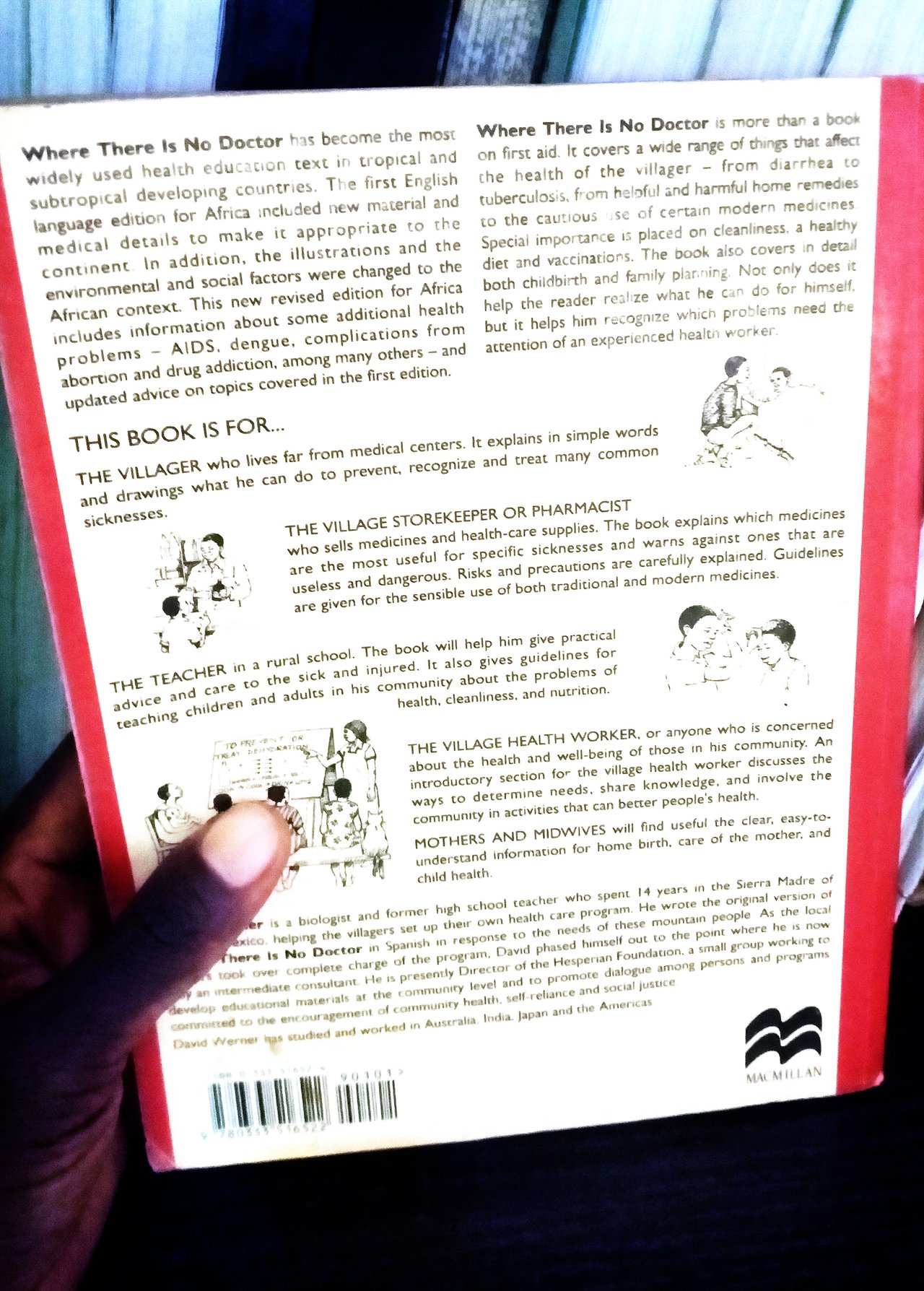
Key Features and Strengths
1. Comprehensive Yet Simple Medical Guidance
The book covers a vast range of health issues, from basic first aid (cuts, burns, fractures) to serious illnesses like tuberculosis, dengue fever, and complications during childbirth. It provides:
- Diagnostic charts to identify diseases based on symptoms.
- Step-by-step treatment plans, including when to seek professional help.
- Preventive measures such as hygiene, sanitation, and vaccinations .
The language is straightforward, avoiding medical jargon, and is supplemented with clear illustrations—making it accessible even to those with minimal literacy .
2. Emphasis on Prevention and Community Health
Unlike many medical manuals, Where There Is No Doctor stresses the underlying causes of poor health, such as malnutrition, contaminated water, and lack of sanitation. It includes practical advice on:
- Building latrines.
- Promoting a balanced diet.
- Recognizing early signs of disease before complications arise.
This aligns with WHO’s community-based healthcare approach, making it invaluable for public health initiatives.
3. Practical First Aid and Emergency Care
The book provides lifesaving techniques for emergencies, including:
- Treating snakebites, drowning, and bullet wounds.
- Managing shock and severe bleeding.
- Delivering babies safely in remote settings .
4. Critical Use of Medicines and Home Remedies
A unique aspect is its balanced approach to pharmaceuticals. It warns against misuse of antibiotics and explains:
- Proper dosages for common drugs.
- When home remedies are helpful vs. harmful.
- How to recognize dangerous side effects .
5. Cultural Sensitivity and Empowerment
The book respects local beliefs while correcting harmful myths (e.g., ineffective folk cures). It encourages communities to:
- Train local health workers.
- Advocate for better healthcare access.
- Take collective action against poverty-related diseases .
Criticisms and Limitations
Despite its strengths, some critiques include:
- Outdated practices (e.g., soap enemas for constipation) that need revision .
- Limited mental health coverage, focusing mostly on physical ailments .
- Dependence on modern medicines—some readers expected more herbal or wilderness medicine alternatives .
Global Impact and Endorsements
The book has been translated into over 100 languages and used by NGOs, Peace Corps volunteers, and rural clinics worldwide. Notable endorsements include:
- Paul Farmer (Partners in Health) calling it a "lifesaver for the poor" .
- The Lancet highlighting its role in global health education .
- Peace Corps volunteers crediting it with saving lives in emergencies .
Conclusion:
Who Should Read This Book?
Where There Is No Doctor is essential for:
- Travelers, missionaries, and aid workers in remote areas.
- Preppers and survivalists preparing for emergencies.
- Community health educators in developing regions.
While not a substitute for professional medical training, it remains one of the most practical and empowering health manuals ever written. Its focus on prevention, simplicity, and community-based care makes it a timeless resource .
For those interested, the book is available for purchase (around $29.95) or as a free PDF download from Hesperian Health Guides.

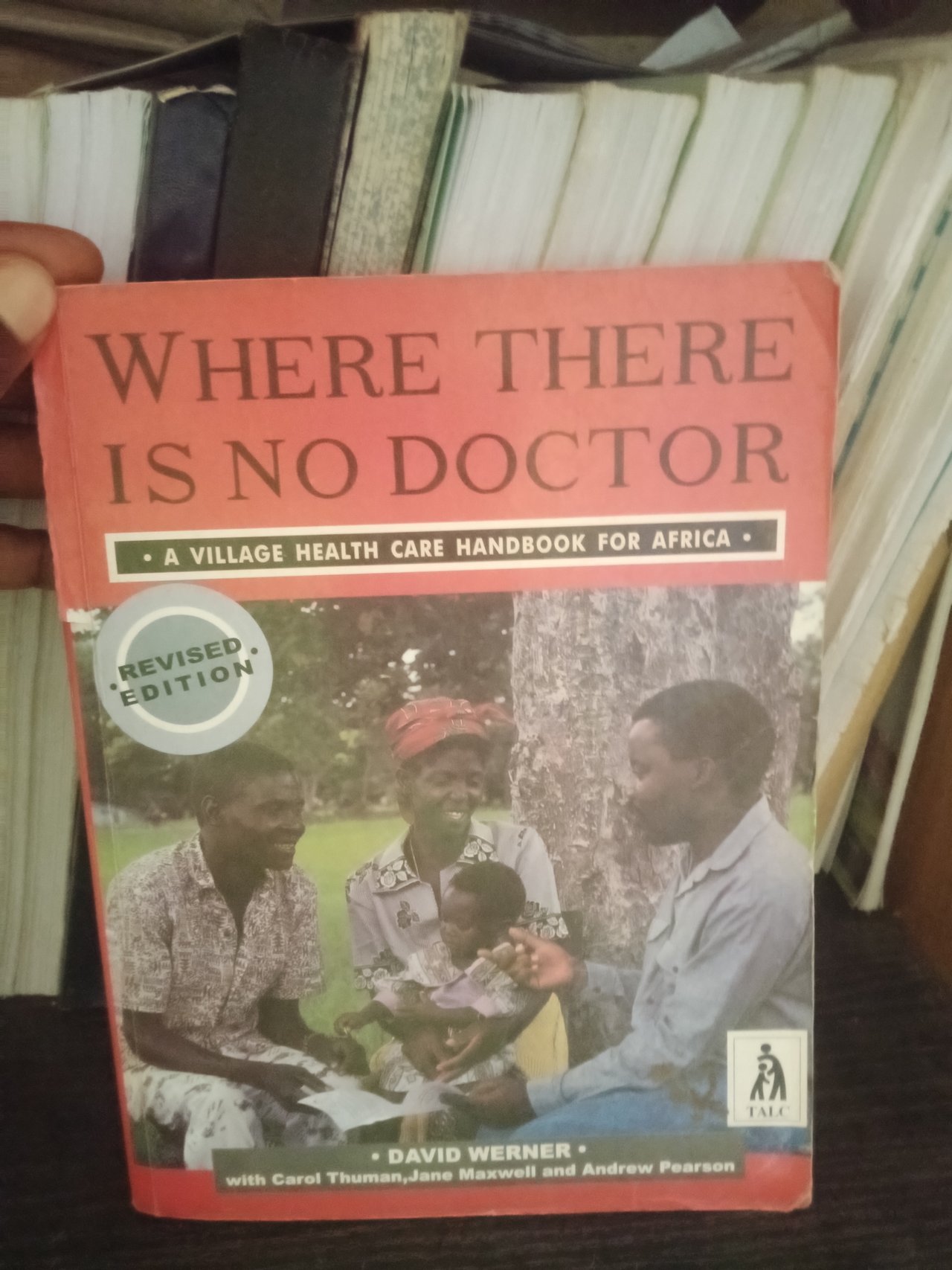
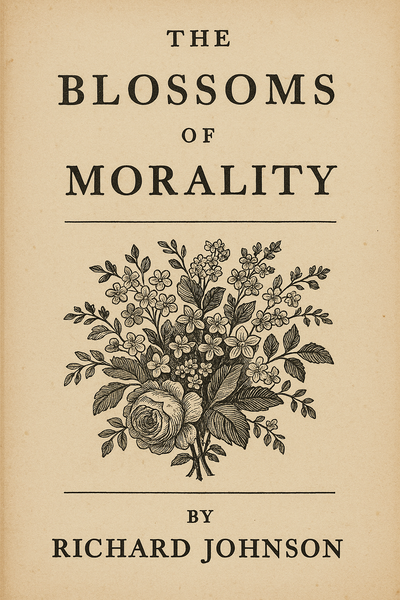
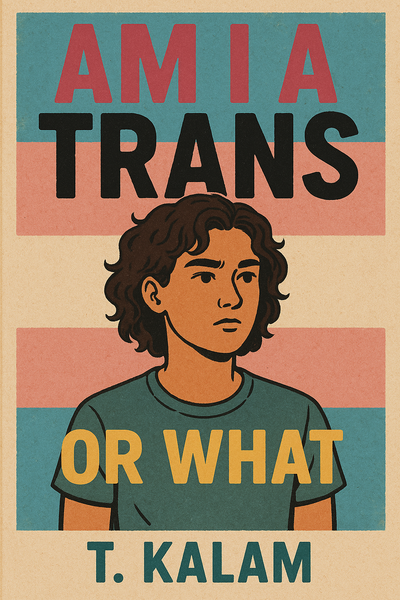

Comments